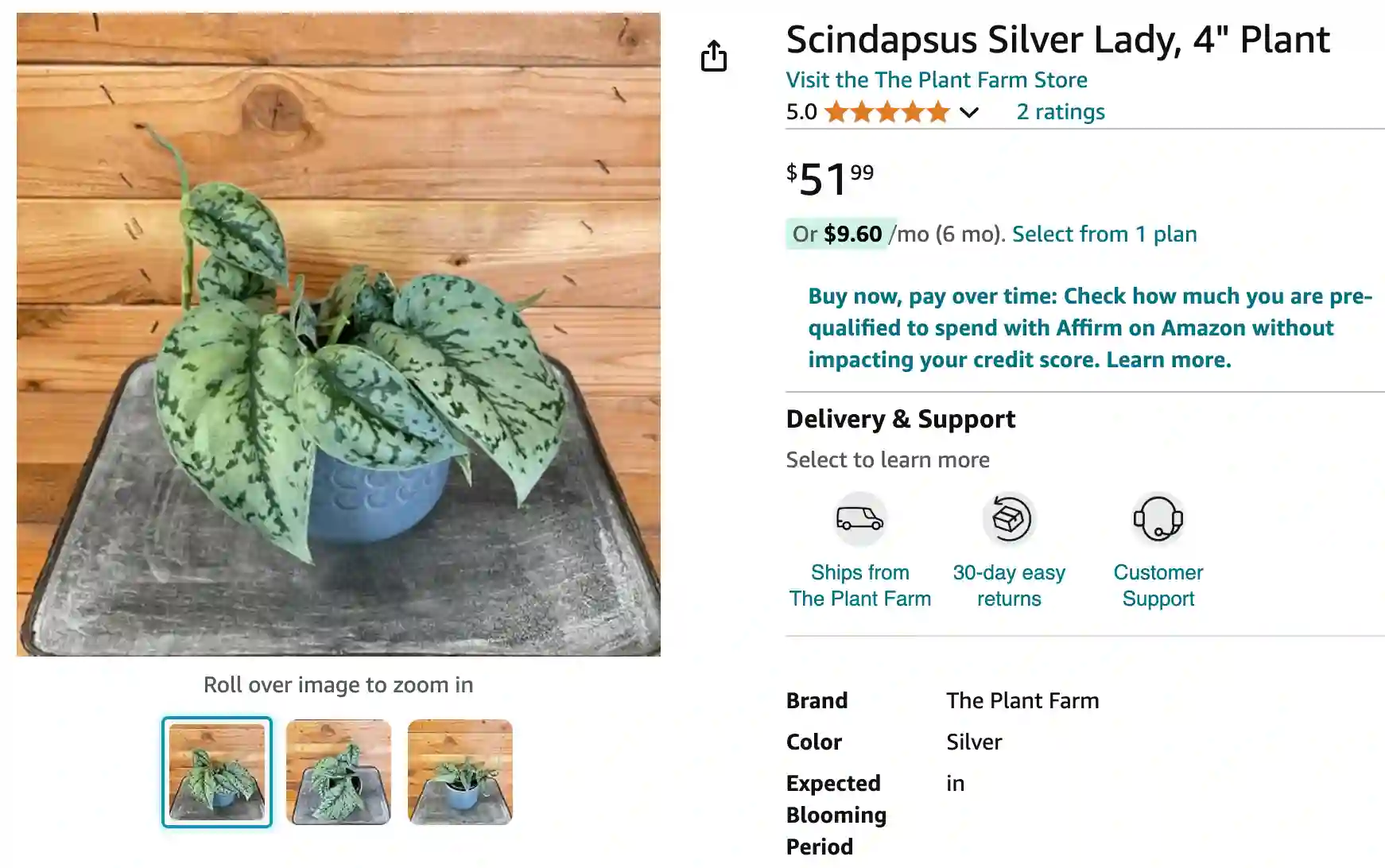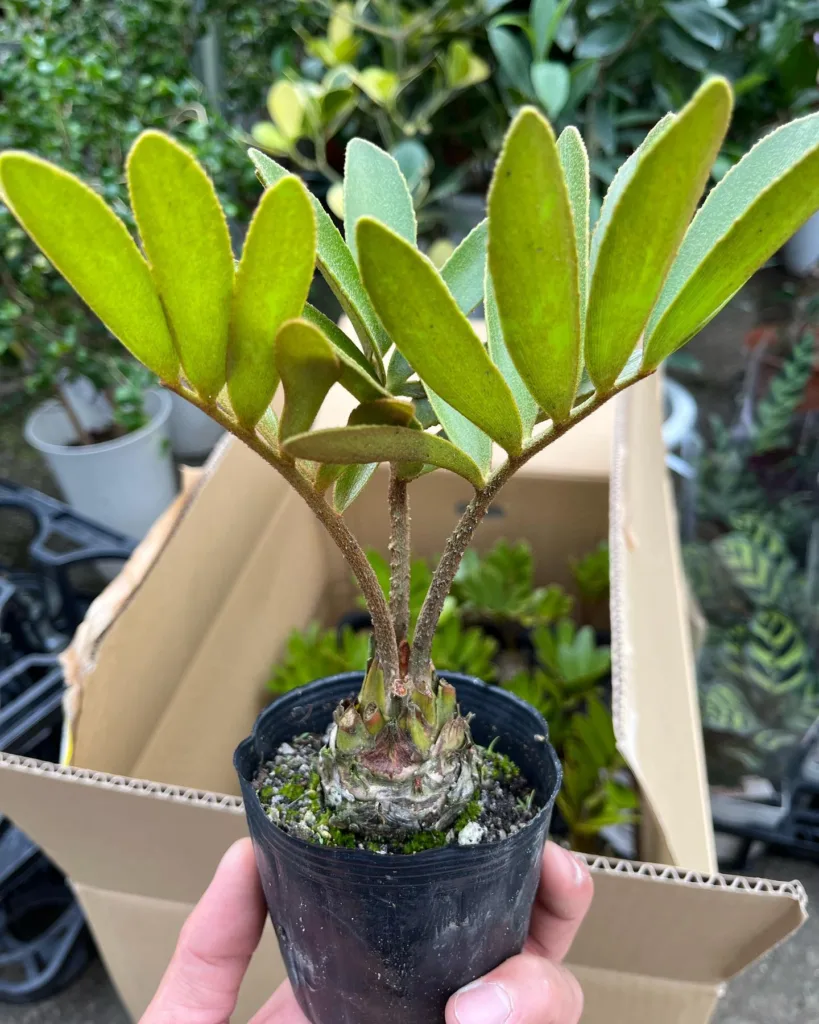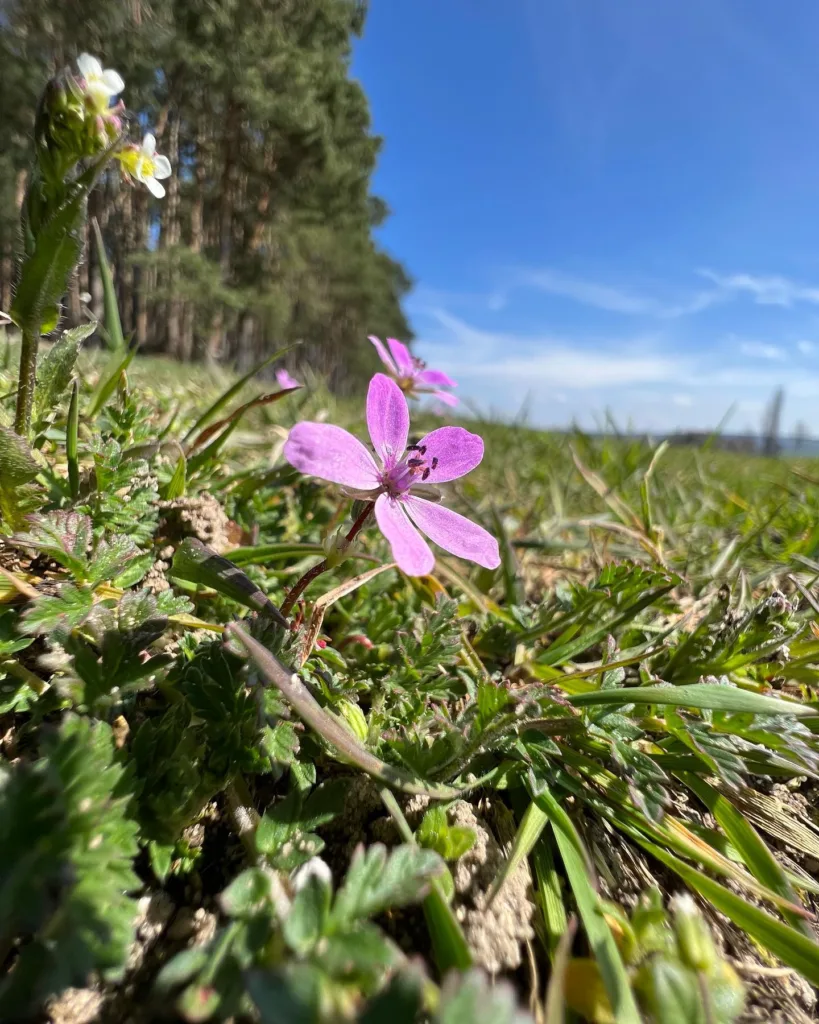
Scindapsus Silver Lady: Your Guide to This Stunning Silver Wonder
Hi everyone, Ferb Vu here! Today, we’re diving into the world of the Scindapsus Silver Lady, a captivating houseplant renowned for its striking silver variegation and easygoing nature.
Whether you’re a seasoned plant parent or just starting your indoor jungle journey, the Scindapsus Silver Lady is a fantastic choice. This FAQ will equip you with all the knowledge you need to keep your Silver Lady thriving.
36 Species in Genus Scindapsus
What is a Scindapsus Silver Lady?
The Scindapsus Silver Lady, a member of the Araceae (Aroid) family, is an evergreen climber native to Southeast Asia. Often mistaken for a Pothos due to their similar foliage, the Scindapsus boasts a more artistic flair.
Its name, Scindapsus pictus ‘Silver Lady,’ reflects its beautifully variegated leaves. “Pictus” translates to “painted on,” perfectly capturing the dappled effect of silver markings on its deep green base. The “Silver Lady” moniker highlights the abundance of silvery hues that grace its foliage.
Scindapsus Silver Lady vs Exotica
I found that the Scindapsus Silver Lady’s silver variegation shimmers more beautifully in the sunlight, while the Exotica’s large, heart-shaped leaves give a lush and tropical feel to my living room.
Scindapsus Silver Lady vs. Pothos: What’s the Difference?
While both Scindapsus Silver Lady and Pothos are popular vining plants, some key distinctions set them apart:
- Leaves: Scindapsus leaves are typically smaller and more ovate than Pothos’ heart-shaped foliage. The Silver Lady’s leaves boast a prominent matte texture with a shimmering silver overlay. Pothos leaves tend to be glossier and lack the dramatic silver variegation.
- Growth Habit: Scindapsus Silver Lady is a slower grower compared to Pothos. It thrives in a climbing habit but can also be trained as a bushy pot plant.
- Light Requirements: Both plants prefer indirect sunlight. However, the Silver Lady can tolerate lower light conditions better than Pothos.
How to care for Scindapsus Silver Lady?
The Scindapsus Silver Lady is a low-maintenance houseplant, perfect for busy individuals. Here’s how to ensure it flourishes:
- Light: Bright, indirect light is ideal. Avoid harsh direct sun, which can scorch the leaves.
- Water: Water thoroughly when the top inch of soil feels dry. Overwatering is a major culprit for root rot.
- Soil: A well-draining potting mix with good aeration is crucial. Aroid mix or a combination of potting soil, perlite, and orchid bark works well.
- Humidity: Moderate to high humidity is preferred. Grouping plants together, using a humidifier, or placing the pot on a pebble tray filled with water can help increase humidity.
- Temperature: Aim for temperatures between 65°F and 80°F (18°C – 27°C).
- Fertilizer: During the growing season (spring and summer), fertilize with a balanced houseplant fertilizer once a month at half strength. Withhold fertilizer during winter.
How to Propagate Scindapsus Silver Lady?
Sharing the beauty of your Scindapsus Silver Lady is easy! Here’s how to propagate:
- Stem Cuttings: Take a stem cutting with at least two nodes. Remove the lower leaf and dip the stem in rooting hormone (optional). Plant in a pot with moist potting mix and provide indirect light.
Common Scindapsus Silver Lady Problems and Solutions
While generally trouble-free, here are some common issues you might encounter:
- Yellowing Leaves: This can be caused by overwatering, underwatering, or lack of light. Adjust your watering routine and provide brighter indirect light.
- Brown Leaves: Excessive sunlight or underwatering can be the culprit. Move the plant to a shadier location or increase watering frequency.
- Leggy Growth: This indicates insufficient light. Move your Silver Lady to a brighter spot.
Conclusion: Embrace the Elegance of the Scindapsus Silver Lady
With its captivating silver foliage and easygoing nature, the Scindapsus Silver Lady is a true gem for any plant enthusiast. By following these simple care tips, you can cultivate a thriving Silver Lady that will add a touch of elegance to your indoor space. Happy planting!
If i die, water my plants!



